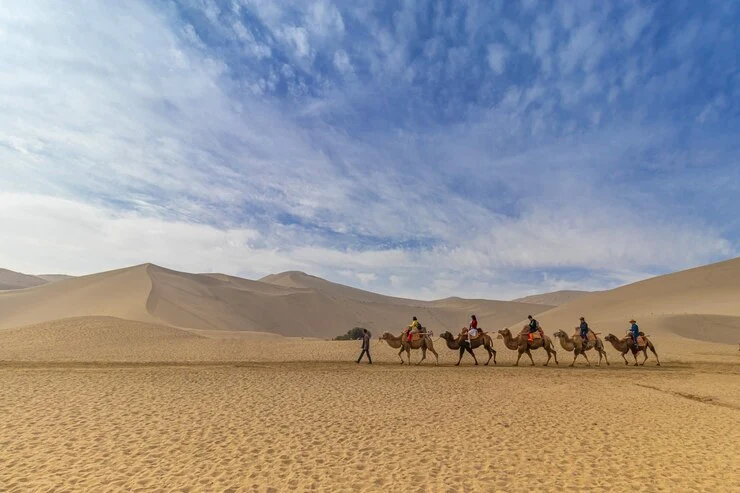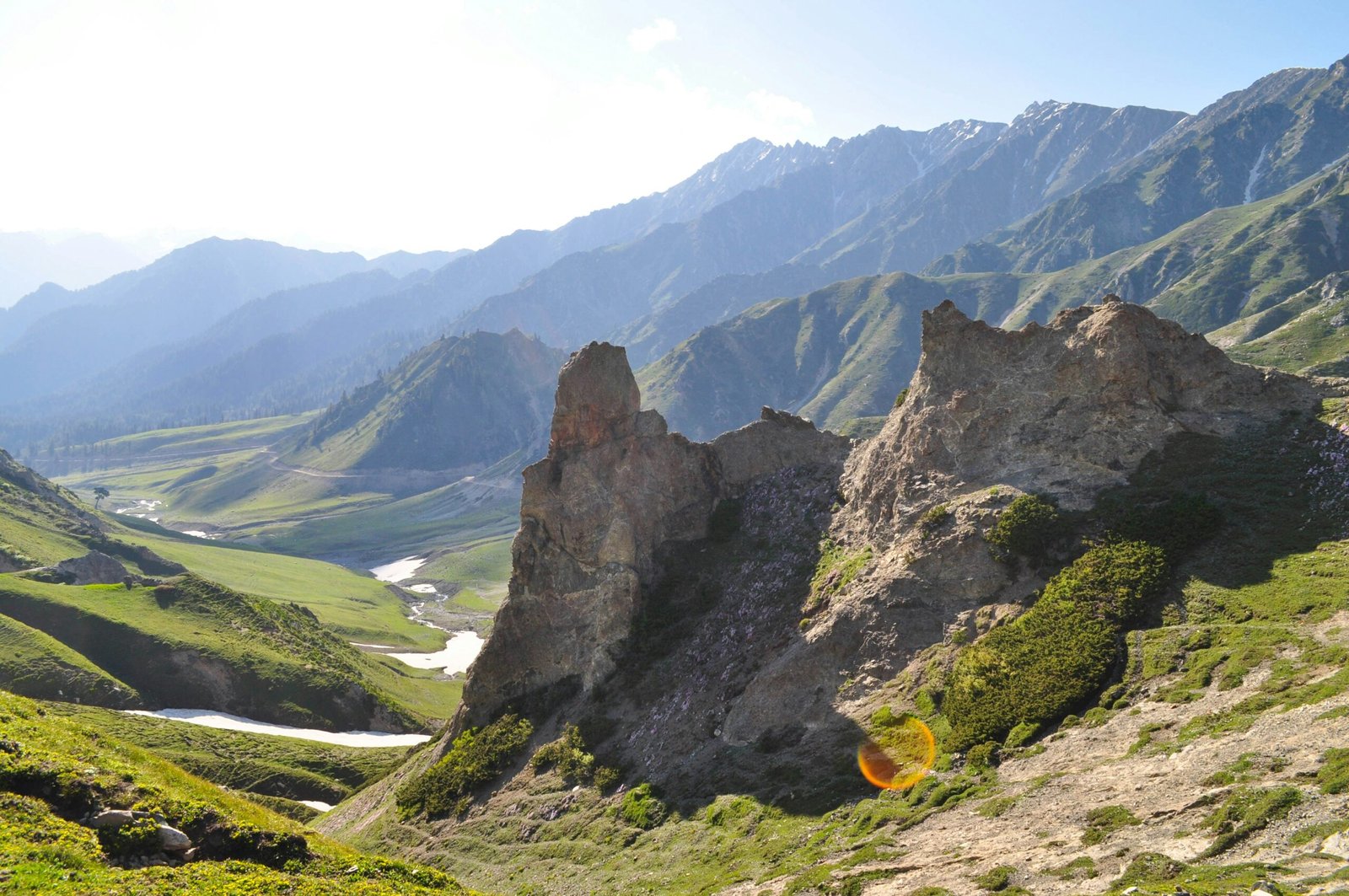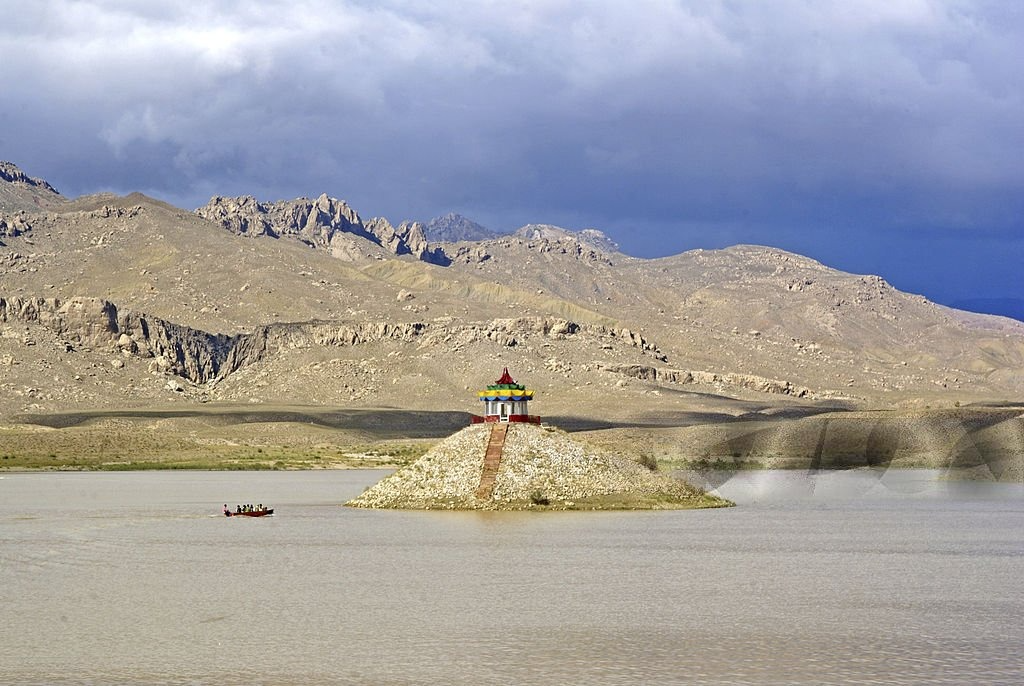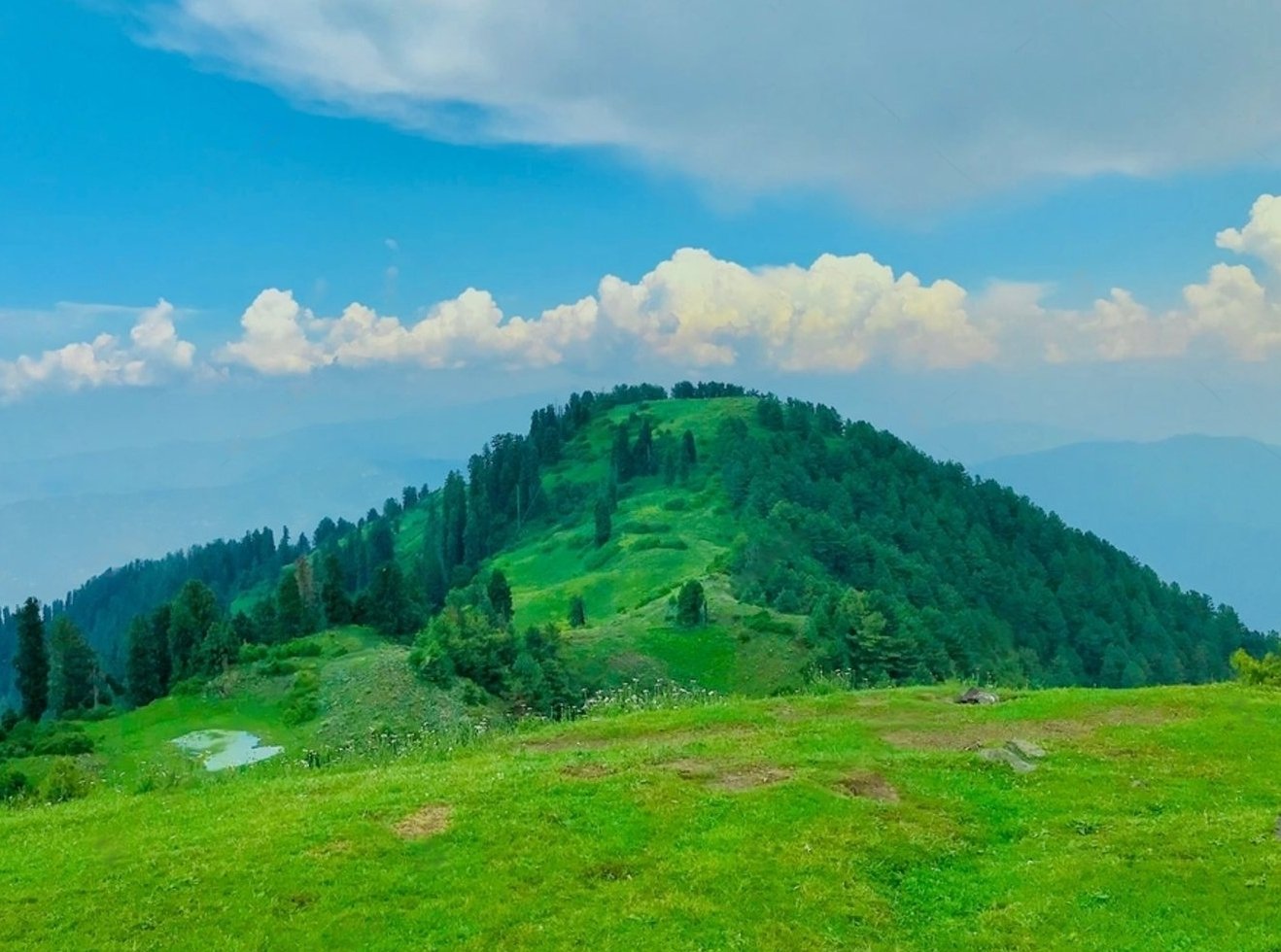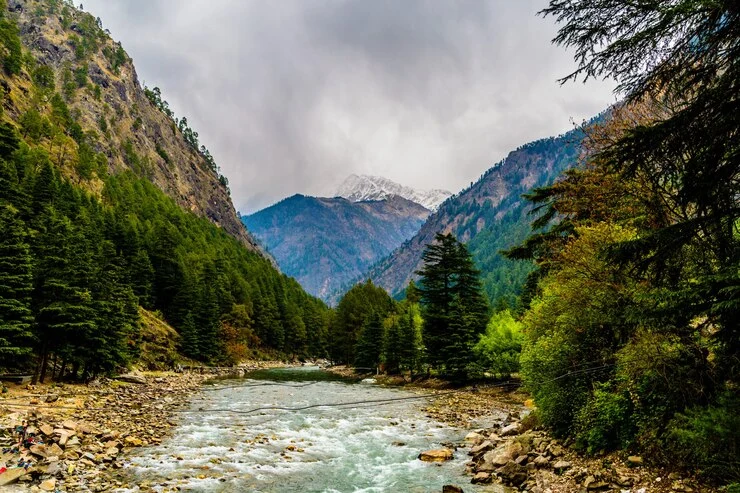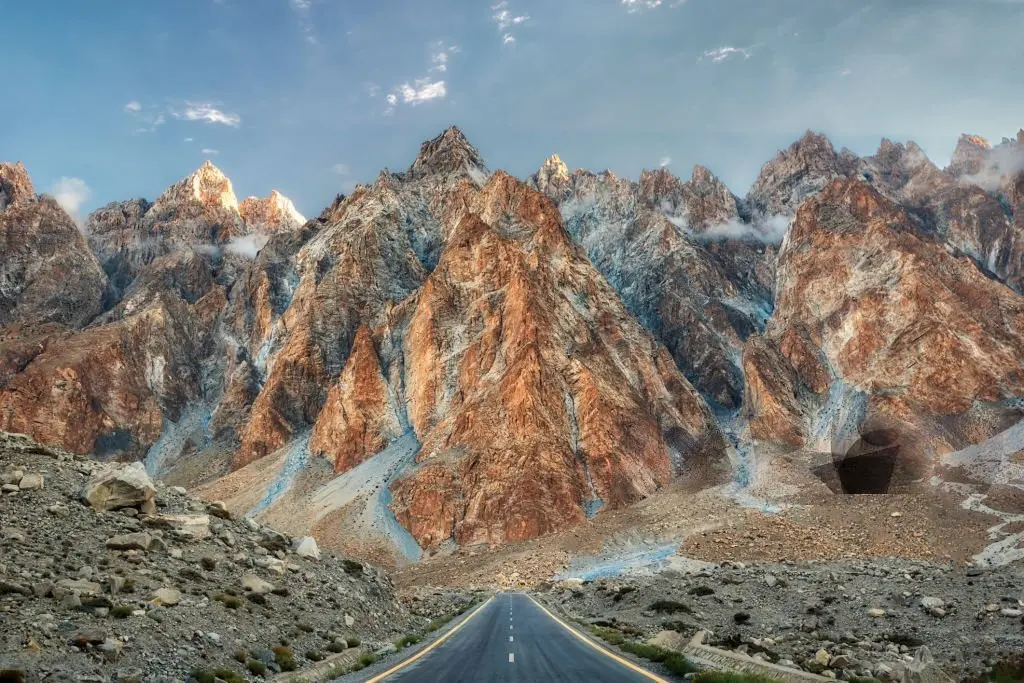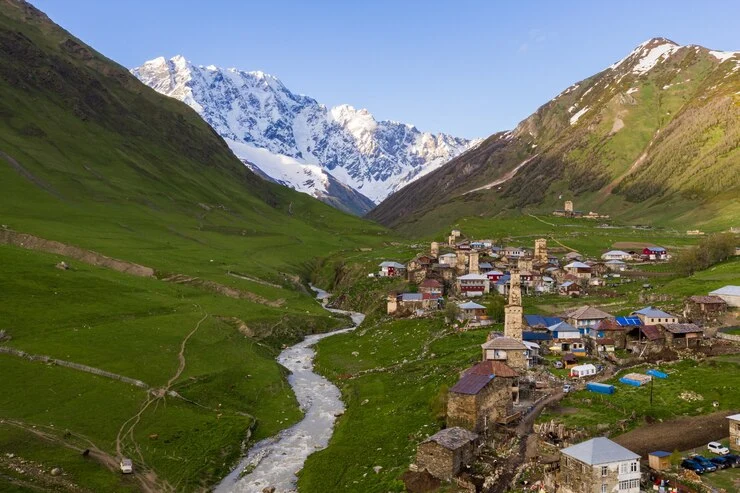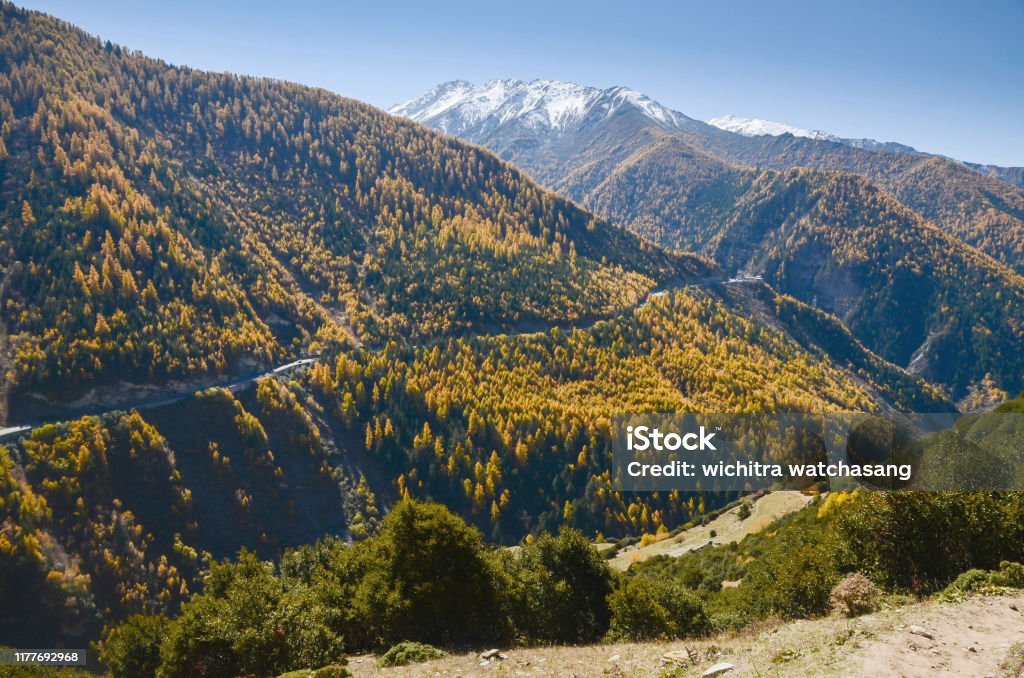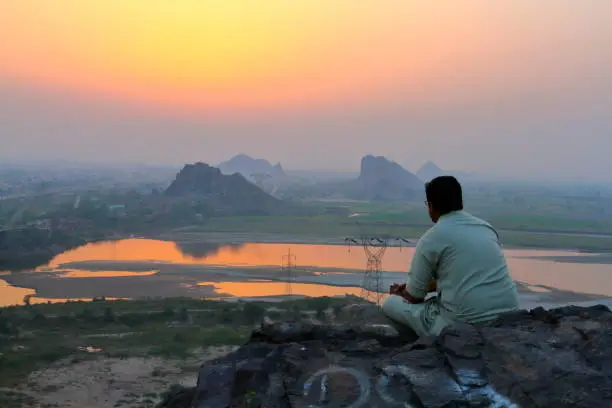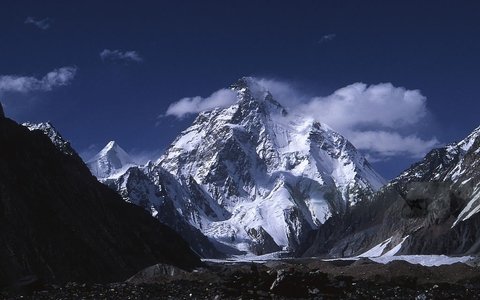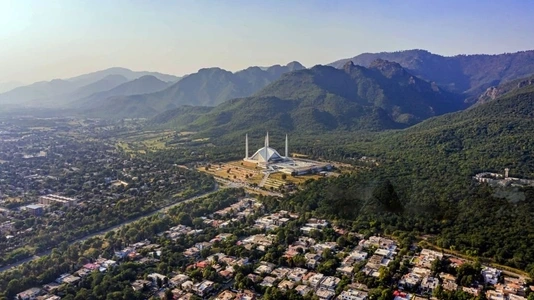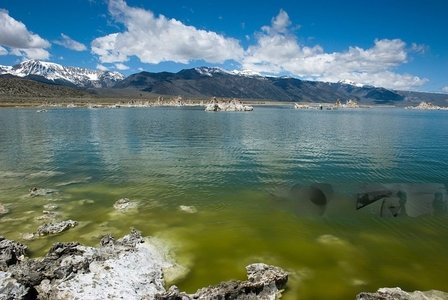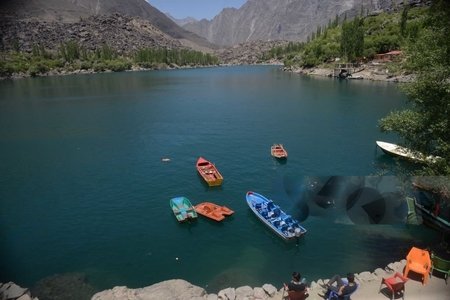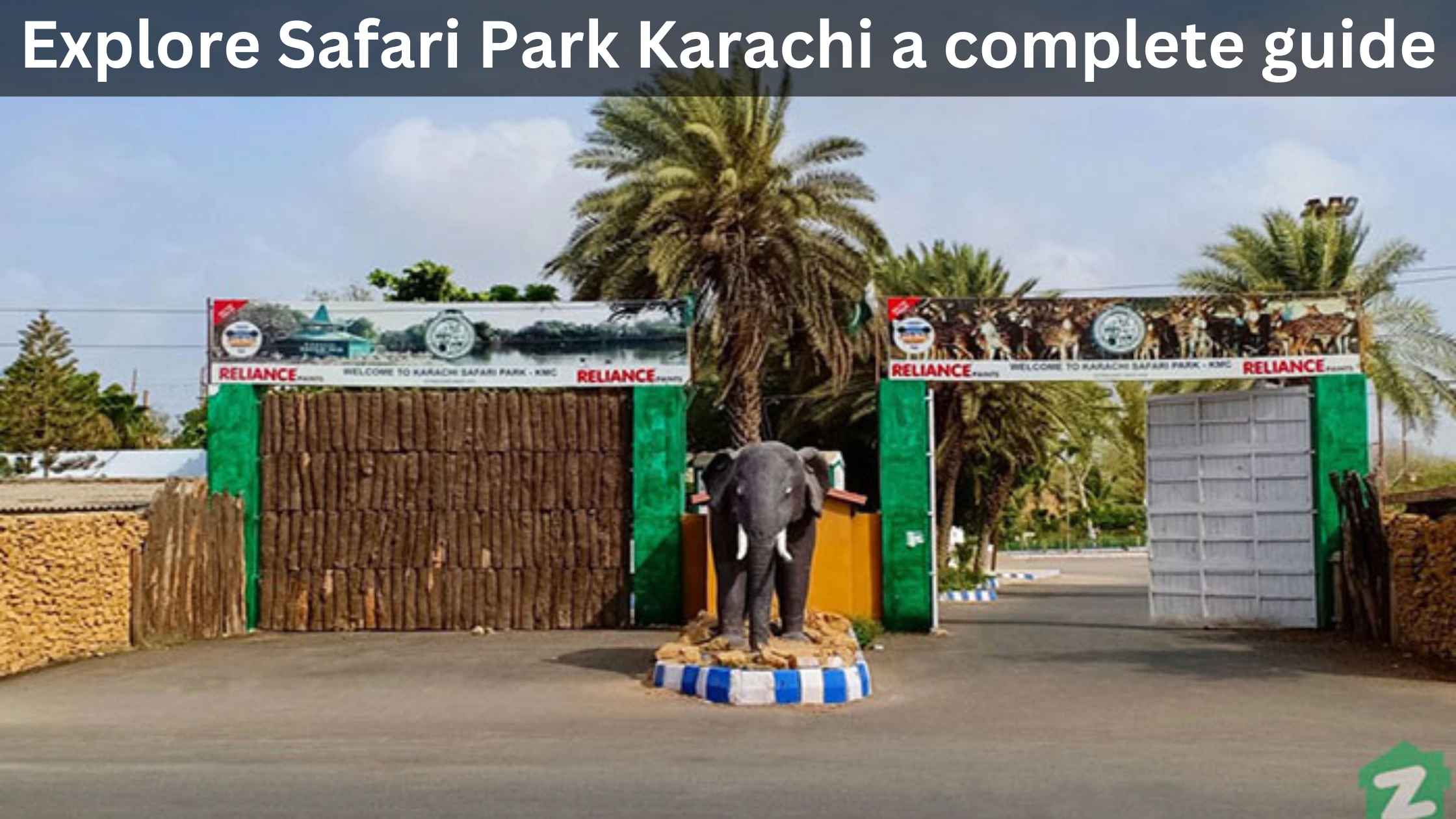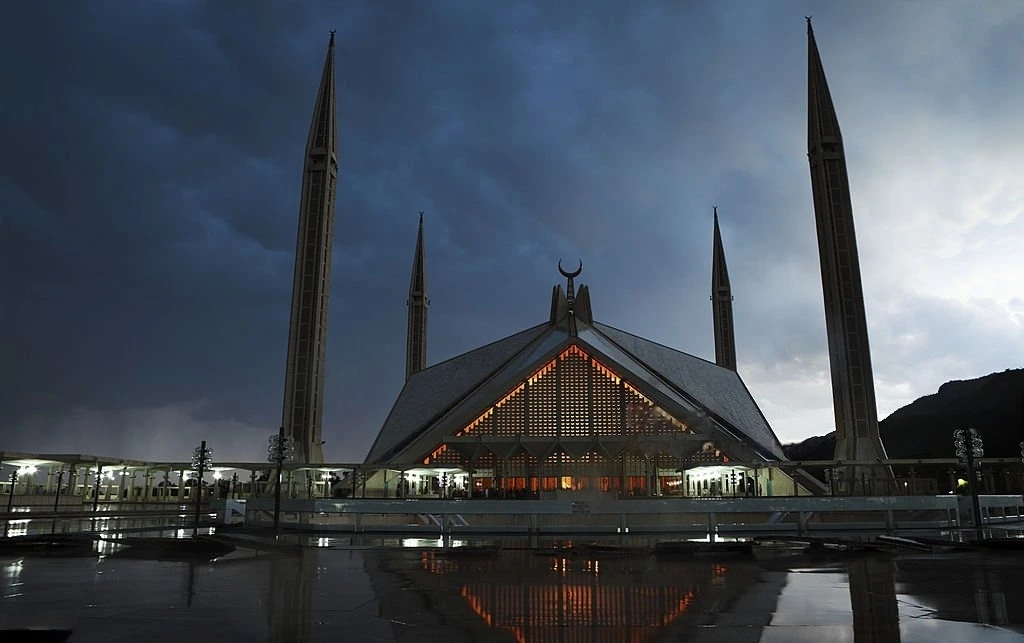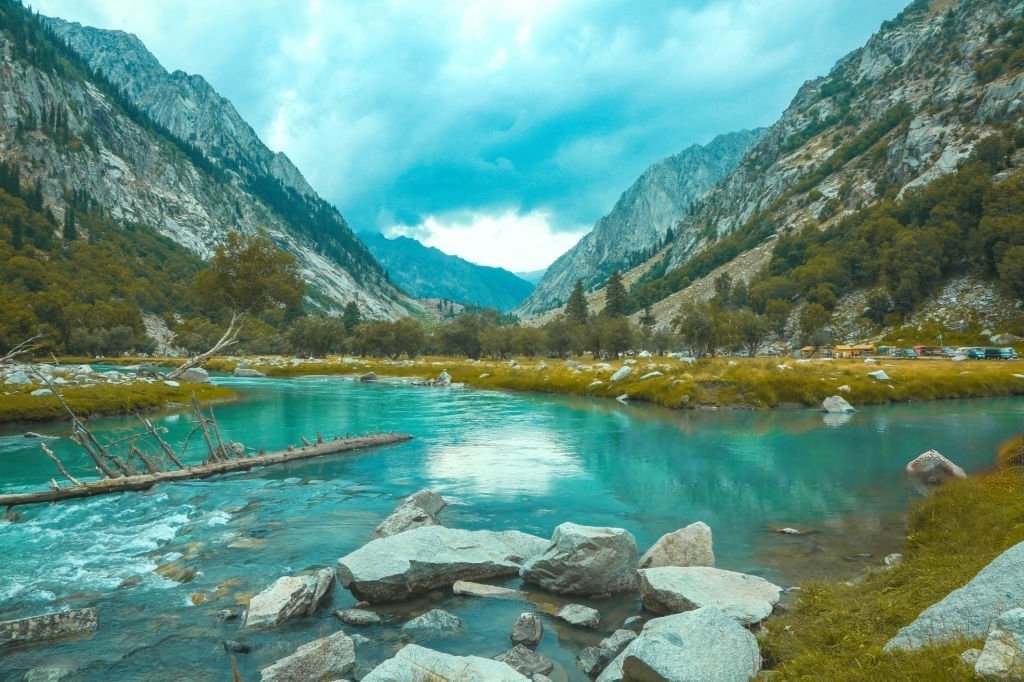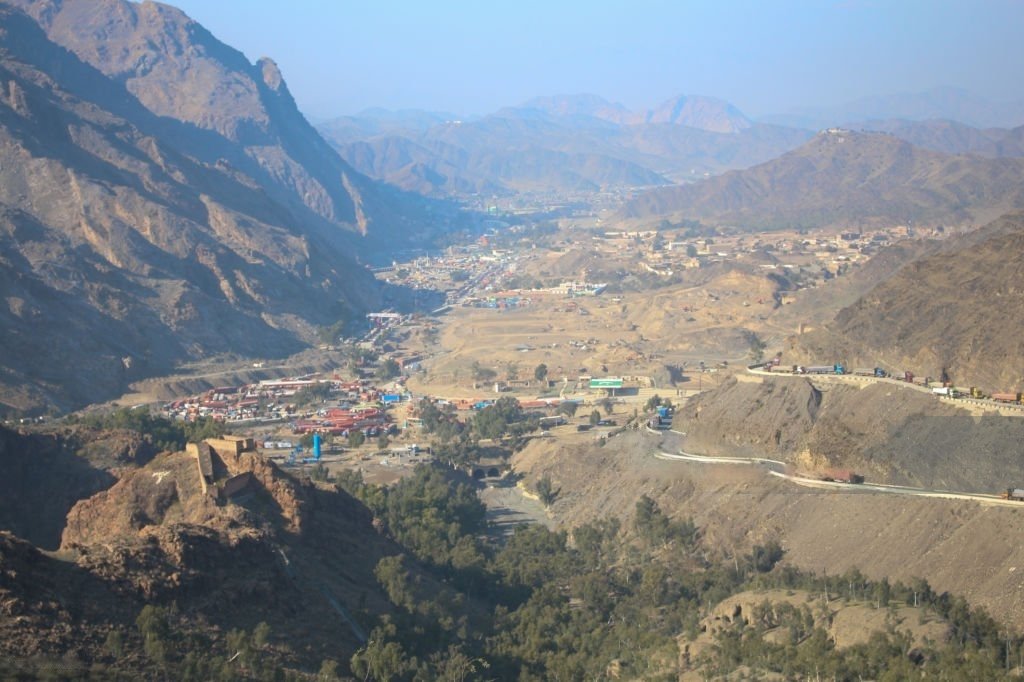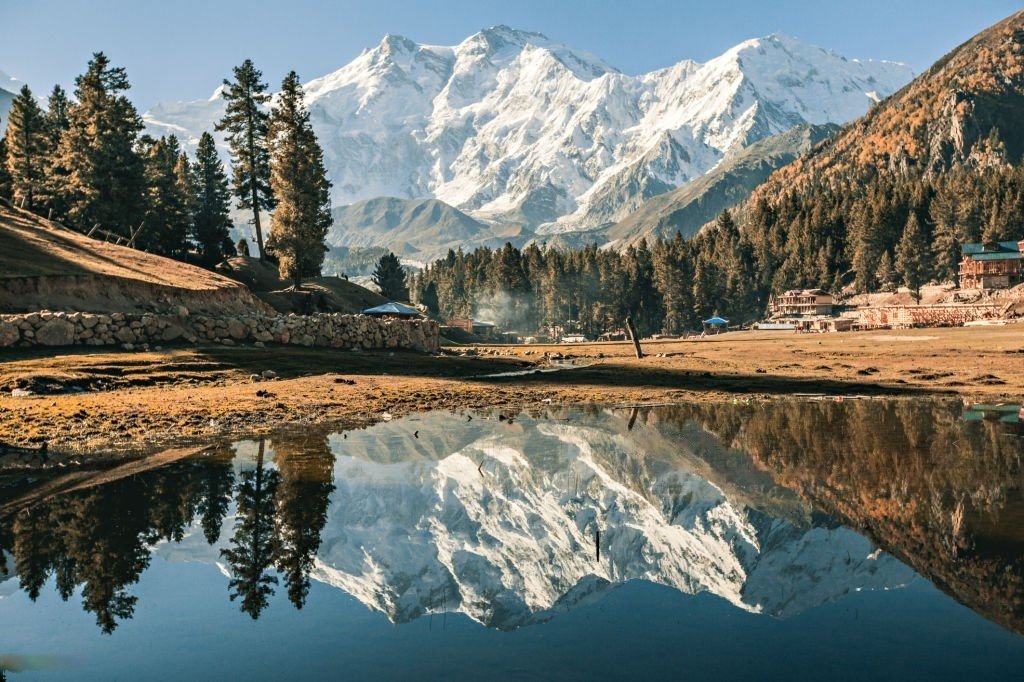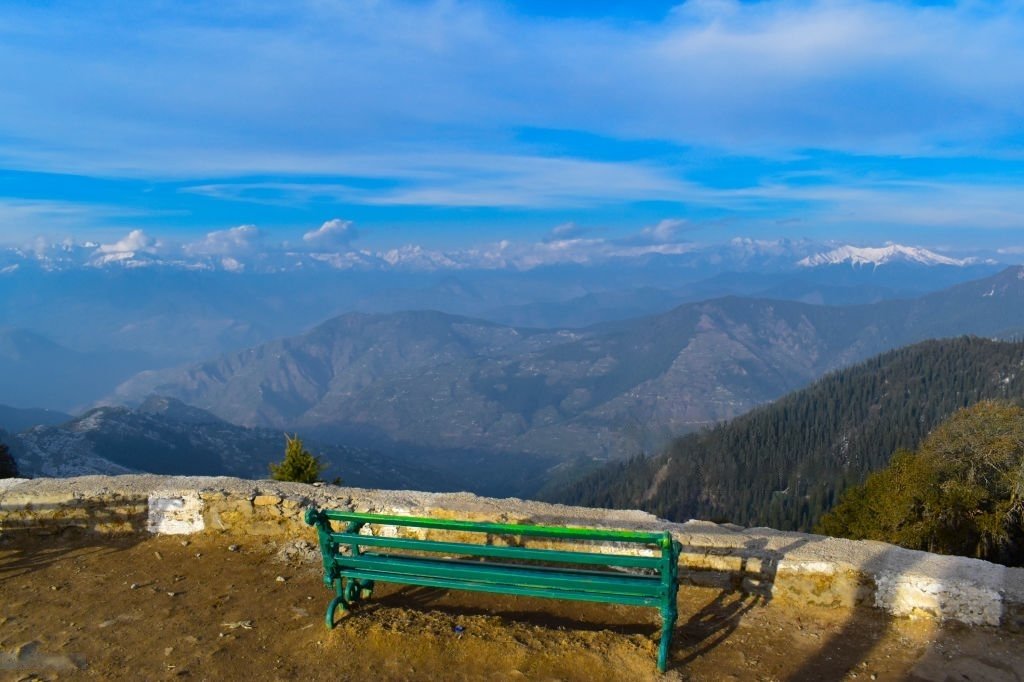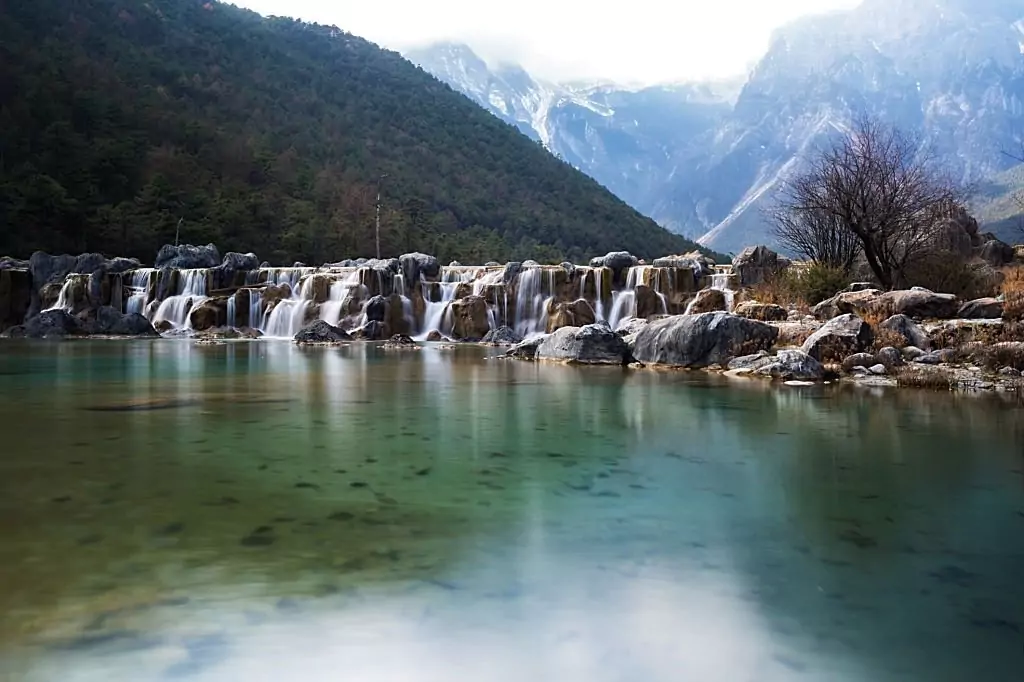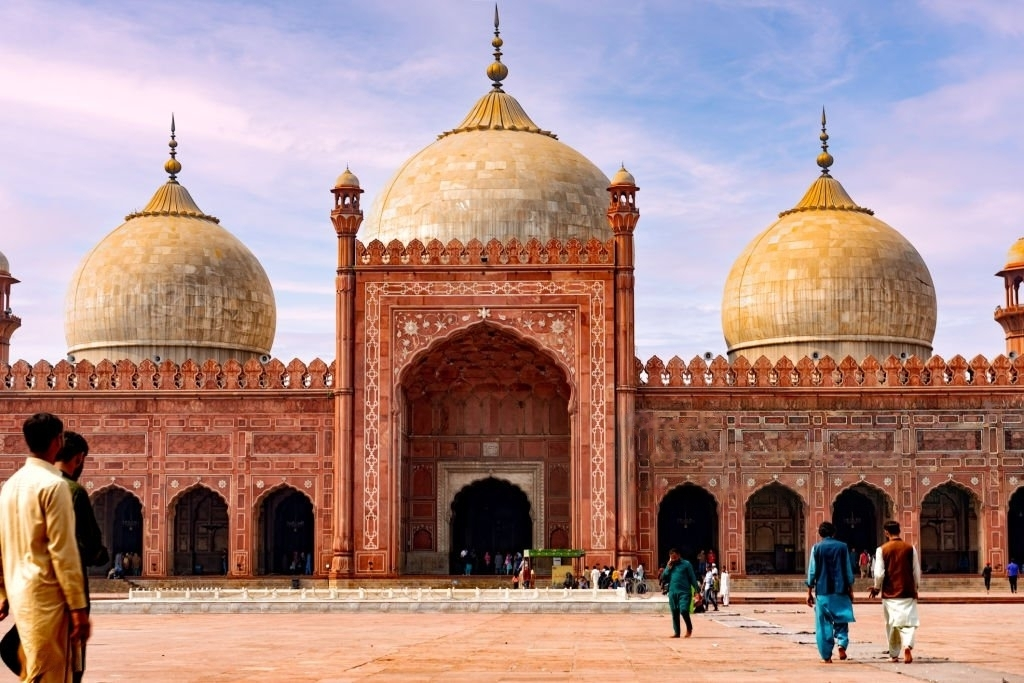The Tharparkar Desert, ranked as the 18th largest desert in the world, is a dry region located in the northwest of the Indian subcontinent. This vast desert stretches across India and Pakistan, covering an impressive area of over 200,000 square kilometers. It spans the western states of Gujarat and Rajasthan in India and crosses into the Sindh region of Pakistan, including the areas of Mirpurkhas and Badin.
Geography and Settlement
As the largest district in Sindh Province, Pakistan, Tharparkar covers around 19,637 square kilometers. It’s known for having the most densely populated desert in the world, with about 80 people per square kilometer, and it hosts the largest Hindu population in Pakistan. The Thar Desert is unique because, despite being a desert, it is known as the world’s only fertile desert. Unlike typical deserts, Thar receives around 100 mm of rainfall each year, allowing for crop production.
Water and Climate Conditions
Tharparkar’s climate is characterized by extreme temperatures and limited water resources. The region experiences its hottest months from April to June, with temperatures often exceeding 50°C, while the coldest months are from December to February. The primary source of drinking water comes from ponds, but unfortunately, this water is often contaminated. Additionally, the water table lies deep underground, making wells a less efficient option.
Read more: Dino Valley Islamabad Information
Flora and Fauna
Despite the challenging conditions, the Thar Desert is home to diverse flora and fauna. The area supports 141 bird species, including the great Indian bustard, and more than 40 mammal species such as the blue bull and Indian gazelle. The region also sustains livestock like camels, sheep, and goats, vital for the local economy.
Economic and Environmental Challenges
Livestock grazing and agriculture are the primary sources of income in the Thar Desert. However, overgrazing and climate change pose serious threats to the desert’s ecosystem. Climate change has led to more extreme weather conditions, reduced rainfall, and delayed monsoons, which negatively impact crop yields and biodiversity.
Conservation and Future Prospects
Efforts are being made to protect the unique biodiversity of the Thar Desert. Protected areas like the Desert National Park in India and the Nara Desert Wildlife Sanctuary in Pakistan help preserve the ecosystem. With proper environmental management and climate control measures, Tharparkar has the potential to transform into a more prosperous and sustainable region.
Conclusion
The Thar Desert, with its fertile soil and rich biodiversity, offers immense potential for the people of India and Pakistan. By implementing better climate control, environmental protection, and infrastructure improvements, this unique desert can become a thriving ecological and economic zone.

